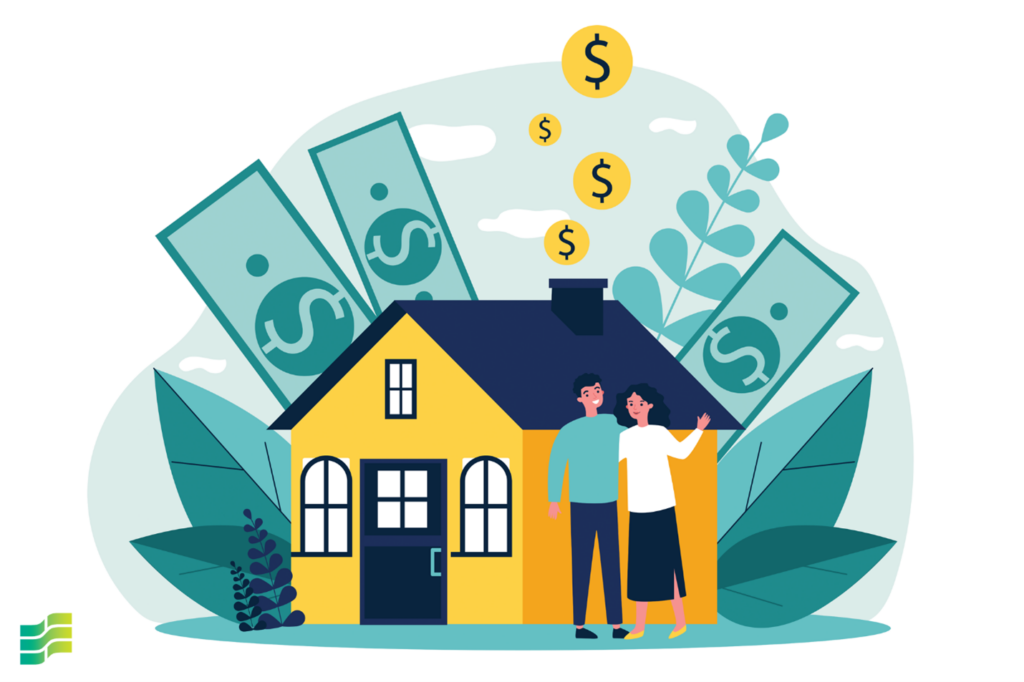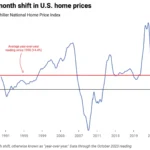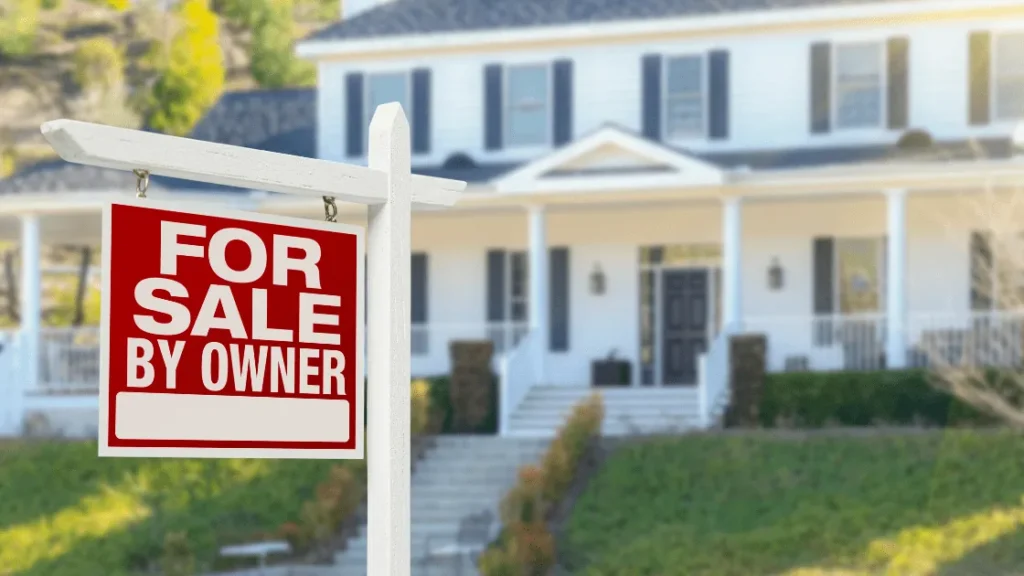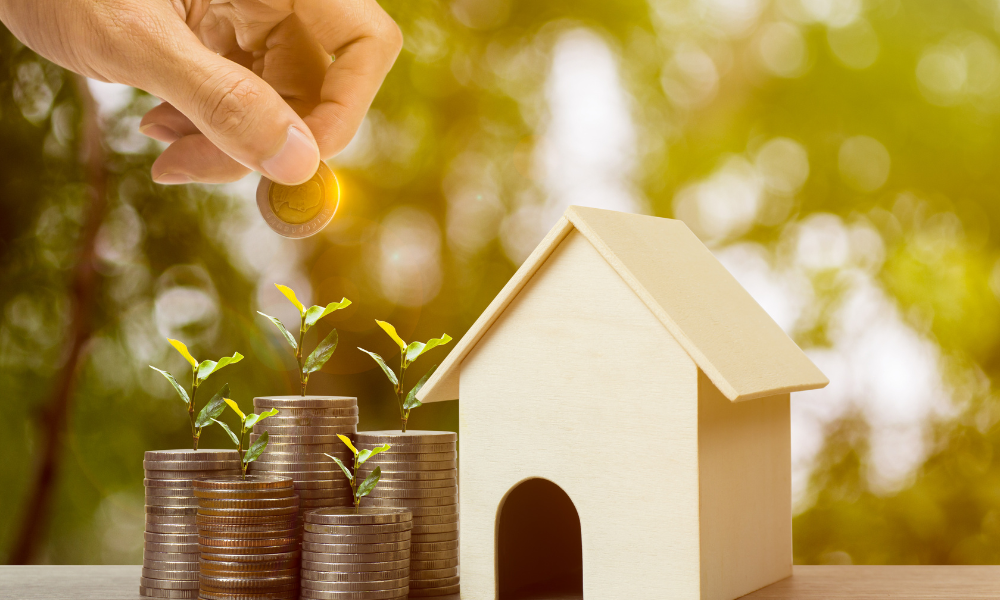Are you curious about the future value of your house? Though predicting the exact worth of a home ten years down the line involves some level of uncertainty, it’s still possible to gain a good estimate based on various factors. These can include geographical location, economic conditions, real estate trends and inflation rates. Dig in deeper and find out more about estimating the value of your property in the future.
Contents
- Housing Market Predictions
- Impact of Inflation
- Geographical Factors Influence
- Current Housing Market Analysis
- Impact of Economic Growth
- Role of Population Dynamics
- Real Estate Technology Advancements
- Government Policies and Housing
- Environment-Driven Value Changes
- How Renovations Increase Value
- Urban Development Impact
- Factors Affecting Future Prices
- Conclusion
- Frequently Asked Questions
- 1. What factors contribute to a house’s future value?
- 2. Can renovations increase the value of my house?
- 3. Does the economy impact my house’s value?
- 4. Can government policies affect the value of my house?
- 5. How can I estimate my house’s worth in 10 years?
- 6. Do environmental factors impact the value of a property?
- 7. How do population demographics and dynamics influence the value of my house?
Housing Market Predictions
The housing market heavily influences how much your house might be worth in 10 years. Financial markets impact real estate prices through mechanisms such as interest rates, lending policies, and general economic health. However, perhaps the most crucial determinant is supply and demand. In housing markets where demand surpasses supply, home values often increase over time.
In contrast, in markets where there are more houses than buyers, values often stagnate or decrease. Interestingly, a tighter housing inventory usually stimulates higher prices, reflecting the classic economics principle of supply and demand in action.
A critical indicator to remember is historical appreciation rates. Homes in the United States have generally appreciated at an annual rate of around 3-5%. Here’s where careful research and analysis come into play: different locations will appreciate at different rates.
For instance, homes in burgeoning economies like the Greater Toronto Area, with its vibrant job market and increasing population, are likely going to appreciate faster than others.
Impact of Inflation
Inflation has an undeniable impact on home purchases and therefore their future value. A rising inflation rate effectively devalues future money. Although not physically depreciating your home’s future nominal dollar worth, it reduces its purchasing power. Inflation averages 1-3% yearly, and this percentage should be factored into any predictions you might make.
For example, the “Rule of 72” can be used here. This method gives an approximate time frame it would take for an investment, such as a house, to double its value following a fixed annual return rate. If your home’s value appreciates an average of 3% yearly, the estimated time to double its worth is roughly 24 years (72/3).
However, this is pure appreciation, and inflation rates need subtracting here. When you factor in 2% average long-term inflation, net appreciation could stand at roughly 1% annually. Investors use this reasoning to choose their investments wisely from an inflation perspective.
Geographical Factors Influence

The future value of your home also depends heavily on its geographical location, reflecting the age-old real estate mantra: “location, location, location”. Areas showing strong economic growth and population increase will typically see faster home appreciation rates than the national average.
Factors contributing to these regions’ desirability include thriving job markets, superior school districts, and easy access to amenities like shopping locations and transportation hubs. This trend is why urban locations with high opportunities for employment have historically seen significant appreciation.
Furthermore, locations subject to increasingly restrictive zoning laws are likely to see their housing prices rise due to limited supply. In contrast, areas facing declining economies and shrinking populations would likely see a drop in house values. Again detailed local area research will help predict these changes.
Current Housing Market Analysis
Aspiring homebuyers and real estate investors must keep themselves updated about the current housing market trends as part of their financial planning process. The main reason being that historical data, such as the Case Shiller Home Price Index showcasing a roughly hundred percent increase in home prices from 2000 to 2020, can provide vital insights for future predictions.
Stepping into the current scenario, house prices have typically been rising. Significant factors for this include low-interest rates making borrowing cheaper and thus encouraging more people to buy, decreased construction due to the pandemic straining supply, and increased demand due to urbanization coupled with changes brought on by the pandemic, such as remote working.
Despite this current trend, it is crucial to note that market cycles exist. Real estate markets go through booms and busts similar to other asset classes. The housing bubble of 2006 serves as a reminder that while current trends may seem promising, past performance does not guarantee future results.
Impact of Economic Growth
Economic growth directly impacts housing prices for two reasons: brisk economies usually result in higher incomes and more substantial wealth, which then raise the demand for housing. Also, economic expansion means more robust job markets that attract people who need residences close to their employment.
The private sector plays a significant role in this scenario. When it flourishes, homes around thriving business districts naturally go up in value because of higher demand for housing near workplaces. Also, areas with favorable corporate finance conditions attract businesses that bring more workers needing housing.
The state of the economy can also influence interest rates. Higher interest rates make borrowing costlier, which can reduce housing demand and slow down house price appreciation. Economic conditions affect the financial economics of buying a house or investing in real estate markets and therefore should be factored into your prediction.
Role of Population Dynamics
Population dynamics play an instrumental role in setting the market value of your property. Look no further than stunning proof at the increase in home prices from 2000 to 2020, a period witnessing intense urbanization in various parts of the world.
It’s a simple principle: areas with growing populations typically see a rise in housing demand. As this demand increases, if there’s insufficient supply, it naturally pushes prices upward. Conversely, areas experiencing population decline, whether due to natural causes or shifts in economic policy, generally face lowered housing demand and subsequently lower prices.
Consider components like migration patterns and birth rates. In faster-growing economies and hubs of innovation, where job opportunities abound, people are more likely to migrate. A higher birth rate in the area implies more family-oriented homes might be needed in the future spurring demand for residential properties.
An area’s demographic composition also bears weight. For instance, an aging population might increase demand for single-story residences suitable for retirees. Similarly, neighborhoods with younger demographics may call for affordable starter homes.
Real Estate Technology Advancements

Another crucial factor that could impact the price of your house is technological advancements in the real estate sector. PropTech (Property Technology) has started reshaping the way we buy, sell and manage properties and thus has direct implications on their market value.
For instance, smart home technology is becoming increasingly popular among home buyers. Homes equipped with systems that automate heating, lighting, security, and other services can fetch higher values than those without such features.
In addition to this, visualization technologies like 3D virtual tours can revolutionize home buying. Potential homeowners can now experience properties remotely, causing a surge in demand for houses, especially in popular locations.
Moreover, development in green and sustainable technologies can also impact future house prices. As ecological sustainability and energy efficiency become more important aspects for buyers, homes utilizing such technologies can logically expect appreciation.
Government Policies and Housing
Government policies also significantly impact real estate markets. Examples include affordable housing projects that increase supply but reduce average property values, or tax incentives that stimulate demand and put upward pressure on pricing.
Certain policies attempt to regulate housing markets for stability. Governments may institute regulations that limit interest rates to curtail exorbitant borrowing costs, thus encouraging homeownership and causing prices to rise.
Conversely, governments might impose regulations on rent control or implement stricter lending policies that potentially dampen demand and soften property price appreciation. Municipal decisions about zoning laws and building permits can either restrict or augment housing supply impacting your home’s value.
Environment-Driven Value Changes
Besides micro factors such as location and amenities, homes are also subject to more extensive environmental influences. Global factors like climate change present new challenges for home pricing.
Properties in areas prone to extreme weather events or rising sea levels may be at risk of losing value. This peril is already evident in coastal regions where climate-related issues have dampened housing market vitality.
On the flip side, areas offering natural amenities such as picturesque views, accessibility to beaches or national parks can expect house prices to appreciate due to their inherent desirability.
Sustainability has cemented itself as a key concern for potential home buyers. Houses with eco-friendly design elements or energy-efficient upgrades could enjoy value appreciation as the global community places increased emphasis on sustainable living.
How Renovations Increase Value
Renovations can play a vital role in house value too. According to financial economics, certain home improvements can offer a substantial return on investment when it comes time to sell.
Kitchen and bathroom renovations often generate some of the highest returns on investment. They improve the livability of the home, making it more appealing to potential buyers and thereby driving up its market value.
Adding more living space, such as finished basements or attic conversions, adds square footage and function to a home yielding good returns. Curb appeal enhancements like landscaping or exterior painting help make a positive first impression and can augment the selling price.
Retrofitting homes with energy efficient and smart technology features also tend to pay off. In today’s marketplace, buyers are willing to pay a premium for these features. However, renovations should be balanced as overspending might not always convert to equal value appreciation.
Riding financial markets and leveraging dynamics from population growth to egovernment policies all factor in predicting housing worth. There’s potential in leveraging real estate technology advancements, nodding to environment-driven changes, or calculating renovation investments. It’s an exciting process predicting worth with quite the dizzying array of factors in consideration. However, we’re not quite done yet; stay tuned for further predictions on your property’s future value…
Urban Development Impact
One significant aspect that can significantly boost the value of your house in the next ten years involves urban development in your community. Urban developments, such as new commercial establishments, schools, hospitals, parks, and infrastructure projects are planned attractively and could drastically increase property values. How? Well, it’s simple – they enhance the overall desirability and convenience of an area.
When evaluating how much a house might be worth in a decade, the projects lined up by urban planners play pivotal roles. Looking at zoning maps, master-plans, and scheduled public works gives a pretty accurate idea about possible enhancements in a neighborhood. And keep in mind, every enhancement potentially means an increase in property value.
For example, an area with strong economic growth due to job expansion can often outpace the national average of 3-5% home appreciation. A location with growing employment opportunities attracts more populations who need housing. This increased demand combined with tight housing inventory can push prices up rapidly.
Infrastructure upgrades are also crucial. The construction of good road networks or public transport links such as metro stations or bus corridors can directly impact the ease of commuting to and from the location. If your house is within easy walking distance to these conveniences, the prospective market value of your home could skyrocket!
Factors Affecting Future Prices
The myriad factors influencing future housing prices might make your head spin but fret not, let’s break it down. The primary influences are the economy, interest rates, and real estate market conditions plus your local market factors – which we covered while discussing urban development.
To start with economics: Inflation devalues future money. However, real estate is typically considered to be a good hedge against inflation because as prices rise (inflation), so too would the price of your house. If we assume a typical inflation rate of 1-3% annually, it’s safe to predict that a home’s value is likely to correspondingly increase over the next ten years.
Interest rates are ever-changing and can greatly affect housing prices. In simple terms, the cheaper it is to get a mortgage, the higher house prices go. So, if interest rates are predicted to rise, housing appreciation may slow because borrowing becomes more expensive, decreasing the demand for home buying.
The real estate market follows certain cyclical patterns often influenced by broader economic cycles. Examining trends from the last two decades or so using tools like Case Shiller Home Price Index can give you an idea of what to expect based on past peaks and troughs. Remember though that this alone should not be relied upon for accurate predictions since past performance doesn’t guarantee future results.
Conclusion
Predicting your house’s worth in ten years involves weighing up various factors such as urban development plans, economic conditions, interest rates, and real estate market trends specific to your locality. While historical appreciation rates can provide some insight into possible future trends, the key lies in staying informed about local developments and macroeconomic indicators. It’s a combination of art, science, and being a savvy homeowner who keeps their ear to the ground.
Frequently Asked Questions
1. What factors contribute to a house’s future value?
Some factors are geographical location, economic and market conditions, inflation, urban development, government policies, environmental factors, and renovations. Each of these influences the demand and supply dynamics of the real estate market, and hence, the future value of your house.
2. Can renovations increase the value of my house?
Renovations can drastically improve the livability and desirability of a home, thus attracting potential buyers willing to pay a higher price. However, not every renovation guarantees a return on investment, so it’s recommended to use cost estimators and balance spending.
3. Does the economy impact my house’s value?
Economic health directly impacts a house’s future value because a strong economy usually means higher incomes, increased wealth, and robust job markets resulting in higher demand for housing, subsequently increasing house prices.
4. Can government policies affect the value of my house?
Government policies significantly impact the housing market. Various policies like affordable housing projects, housing market regulations, tax policies, interest rate policies, zoning laws, and so forth either stimulate or dampen housing demand or affect the supply, thereby impacting house values.
5. How can I estimate my house’s worth in 10 years?
Predicting a house’s future value involves understanding and analyzing relevant factors such as current market trends, economic forecast, local urban development plans, inflation rates, population dynamics, and possible renovations or improvements. A real estate professional or property appraiser can assist in this process.
6. Do environmental factors impact the value of a property?
Environment-related factors can indeed affect property values. Climate change and ecological sustainability are two broad factors. Properties in areas prone to extreme climatic events may lose value, whereas those in areas with natural amenities or properties with eco-friendly designs could enjoy value appreciation.
7. How do population demographics and dynamics influence the value of my house?
Population dynamics, like population growth, demographics, migration patterns, and birth rates, impact the housing demand in an area. Higher demand with limited supply raises housing prices, while declining population and lower demand potentially reduce house values.






